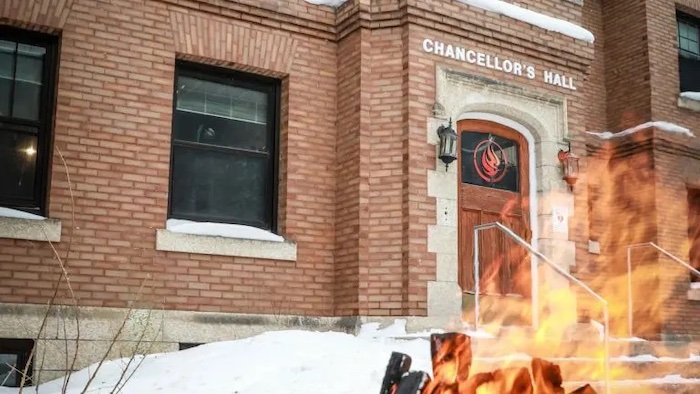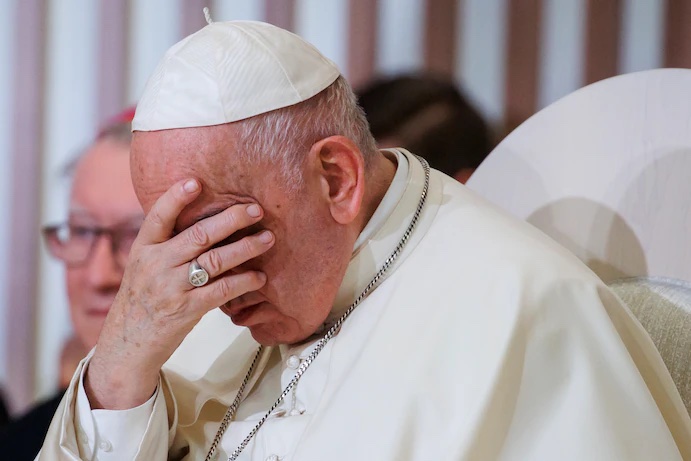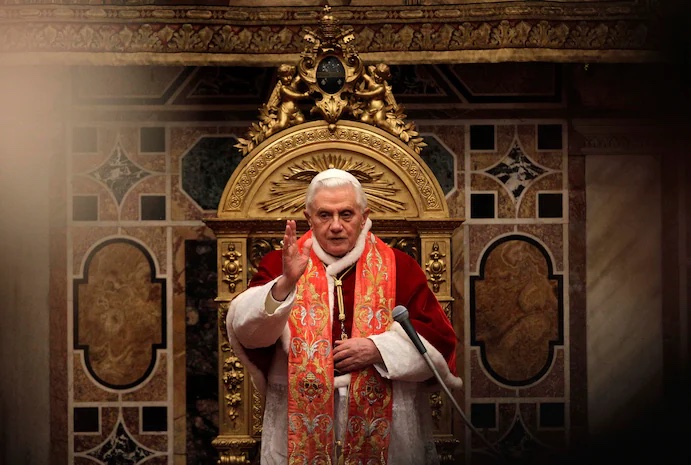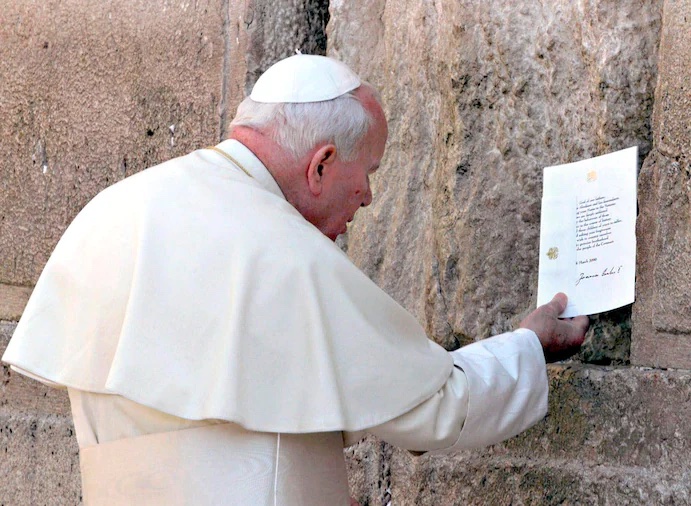Oblates pledge to loosen privacy policy on personnel records

The National Centre for Truth and Reconciliation is doing a deep dive into the backgrounds of religious personnel who ran residential schools for the federal government.
The Centre’s head archivist recently returned from Rome where he spent five days viewing, among other things, personnel records of Catholic Oblate priests.
“We know very, very little about the teachers, the professors, the priests,” said Raymond Frogner in an interview.
“And I think that’s wrong.”
Frogner said the Oblates of Mary Immaculate, a missionary arm of the Catholic Church, staffed 48 of the 139 federally funded residential schools in Canada.
He said the group opened its archives to the Centre after the public outcry that followed the discovery of 215 suspected unmarked graves located at the site of the former Kamloops Indian Residential School in B.C. The Oblates ran the Kamloops school.
“If we want a complete story of the residential school system – how it was run, what the experience was like – then we need to know more about the teachers who served there,” Frogner added.
“We are currently in discussion with the Oblates to open up the personnel files, and they have agreed to that.”

215 graves
The 215 graves announced by Tk’emlúps te Secwépemc leadership are believed to be that of children who died at the school. More suspected graves have been discovered on other First Nations and more searches are planned.
Research by the Truth and Reconciliation Commission identified 3,213 deaths at residential schools between the 1880s and 1990s.
Frogner said he has a list of approximately 15 Oblate priests who were convicted of crimes against children forced to attend the schools and he specifically located those personnel files in the Rome archives.
But he was unable to copy the information due to the Oblates’ privacy policy.
APTN News was denied the personnel file of Fr. Joannes Rivoire, who is accused of sexually abusing an Inuk girl in the 1970s while serving as a church priest in Nunavut for 30 years. Rivoire said he didn’t do it.
Fr. Ken Thorson, who speaks for the Oblates in Canada, said he couldn’t release the information due to government regulations.
“As mentioned in our release, we are actively working with our archival partners to make personnel records of Oblates as accessible as privacy law allows,” he wrote in an email.
“Unfortunately, as Johannes Rivoire is a living Oblate who is currently under investigation by secular authorities, Canadian privacy law prevents us from sharing his personnel records at this time. We have committed to cooperate with the ongoing investigation and will make any relevant records available to law enforcement.”

Oblates’ policy
Thorson did not mention the Oblates’ own policy that protects the information for up to 50 years until after a priest has died.
Frogner said the Oblates’ have told him they may loosen their policy.
“We are currently in discussion with the Oblates to open up the personnel files and they have agreed to that,” he said.
“For one thing, they’re going to reconsider and reduce this 50-year restriction they have on files.”
Frogner said the residential schools were staffed by Oblates from abroad and Quebec.
“We don’t have a hard number of how many missionaries came from other countries but that’s something we are working on getting,” he said.
“We don’t yet have a hard number of the Canadians either. We know a large, predominant amount of them came from Quebec.”

The ‘formation’
Frogner said the personnel files gave him a glimpse of the men who became priests. The Catholic church operated 60 per cent of the schools.
“They took those vows [of poverty, chastity and obedience] when they joined as Oblates, and they had to go through what they called the formation…,” he said.
“And there’s kind of a report card from their superior that graded them on their scholastic work, their moral character, their service, their devotion – all that kind of stuff.”
Frogner noted it’s not just the Centre, which is located at the University of Manitoba, that wants the information. But Indigenous communities have been asking who had access to their children.
“[They] have asked for a more accountable, transparent record of what these priests were doing,” he said of Indigenous leaders and families.
“Really, the [Kamloops grave] discoveries from 2021 cast such a bright spotlight on the activities of the Oblates.”
The Centre wants to tell as full a story as possible about the 100-year school system designed to assimilate Indigenous children into colonial society, Frogner added.
“People can take the records and do with them what they wish,” he said. “I’m quite content to see the records used in court.
“It’s all about a better, more accountable understanding of what happened.”
Complete Article ↪HERE↩!







